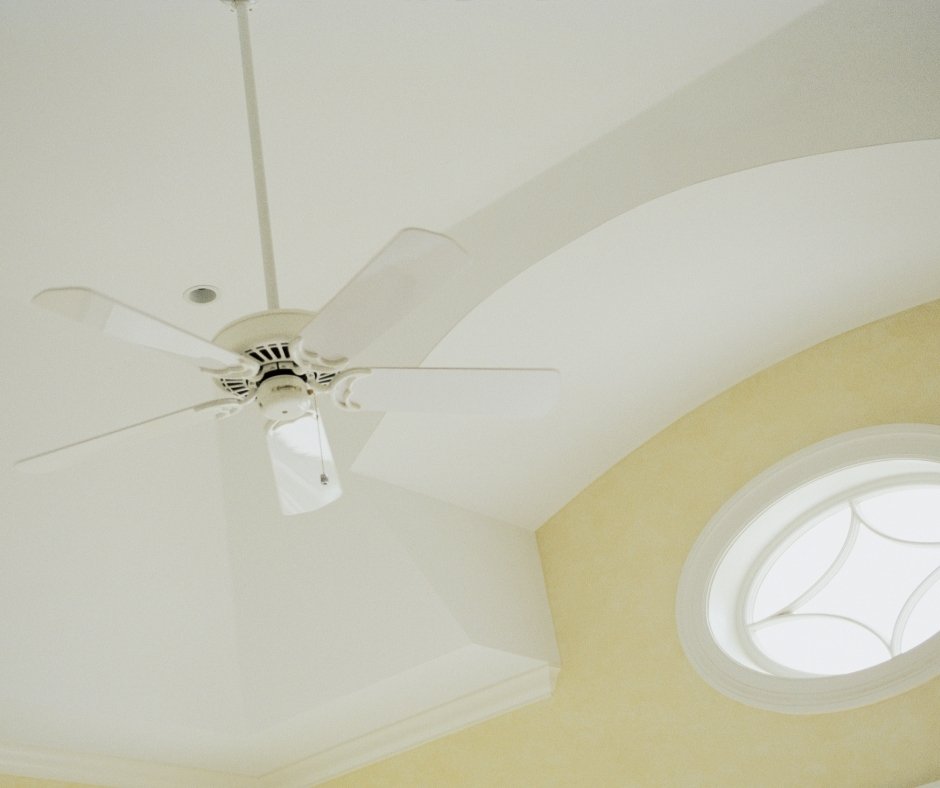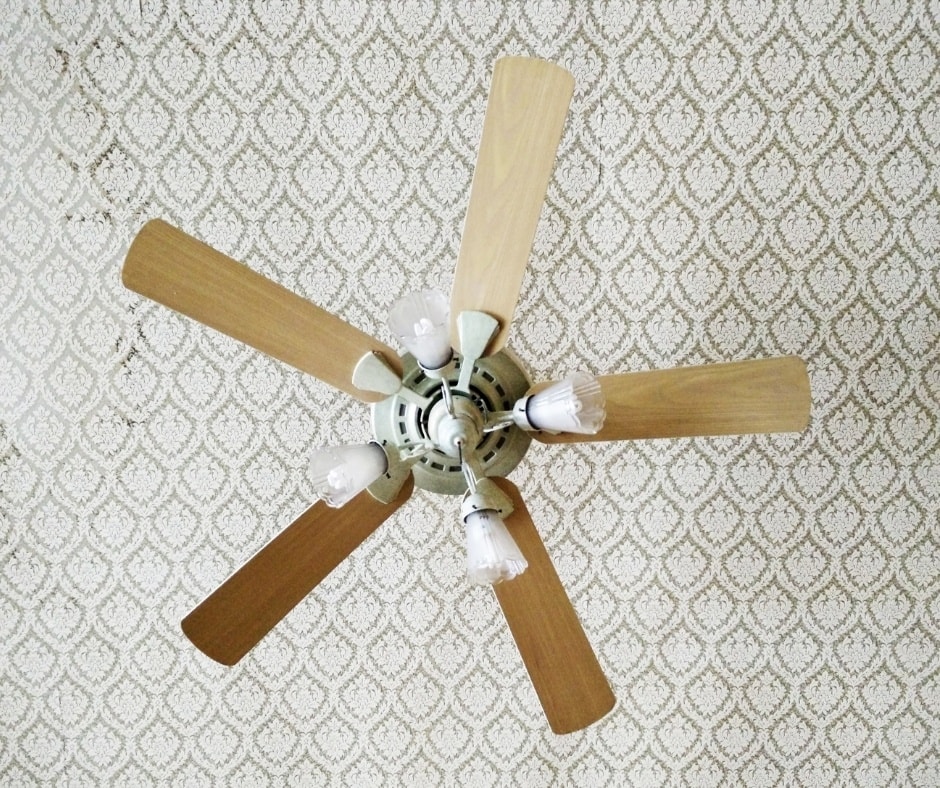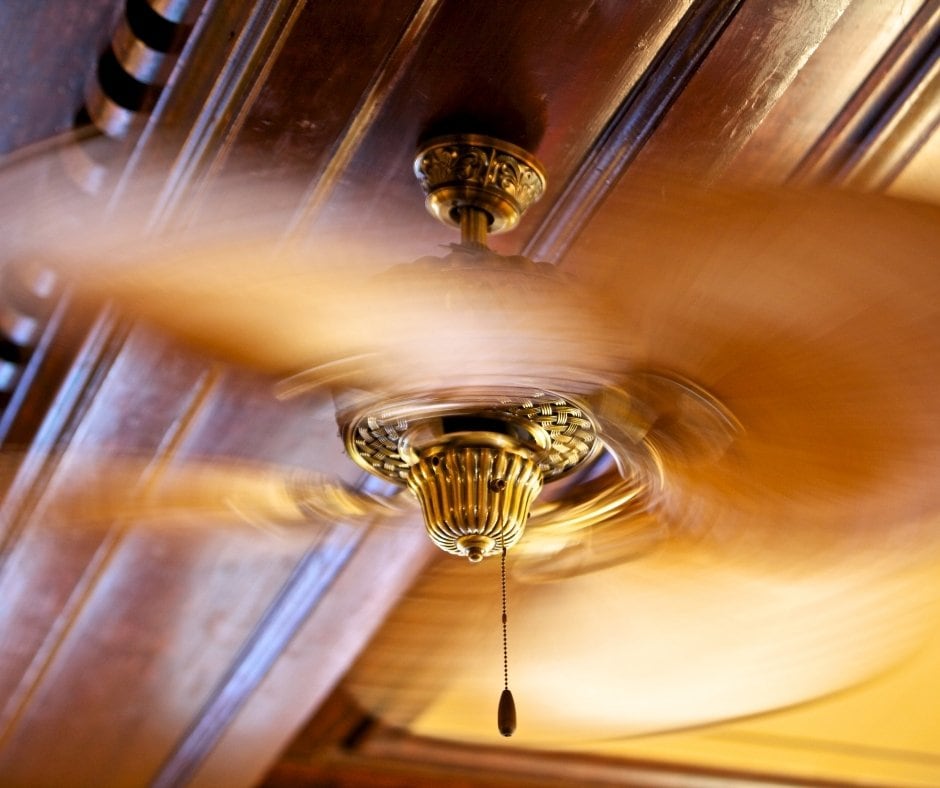Here’s the scenario. You buy a brand new ceiling fan with all the accessories, including a remote control. You install it. Then, you press the remote control button to turn it on, but nothing happens.
However, there’s no need to uninstall it and throw it all into the garbage. You just need to sync the remote to your fan. It might seem intimidating and even be a bit frustrating. But, it isn’t hard to connect your remote to your fan.
We put together this guide on some of the basics. While each fan model will have its own remote setup, there are also universal remotes. This could also be helpful if you’ve lost your manual. Regardless of your situation, we can help you sync your remote.
In This Article We'll Discuss
How to Sync a Ceiling Fan Remote

Your first step when syncing a ceiling fan to a remote control is to look through the owner’s manual. That’s the case regardless of if you have a fan with a dedicated remote or if you bought a universal remote.
The owner’s manual will always have specific instructions on how to pair your remote with your ceiling fan. It should also show you how to get in touch with customer support if necessary.
If you don’t have the manual and don’t know how to contact customer support, find the model number on the remote unit or fan and look the company up on the Internet. They might have owner’s manuals on the website or at least ways to contact support.
If you don’t want to do that, there is one quick way that might work.
Cut the power to your ceiling fan for approximately two minutes so that it can reset.
While you’re waiting, press and hold the light and fan buttons until you see lights flashing. That should take about five seconds.
Once you’ve restored power to your ceiling fan, it should turn on and start to rotate slowly. That’s a sign that you’ve successfully paired your remote to your ceiling fan.
How to Troubleshoot a Ceiling Fan Remote that Won’t Sync?

If your ceiling fan stops working, don’t panic. You may not need to replace it or call a repair person. We’ll share how you can fix it yourself.
Let’s start with the simple stuff. Although you can’t see the signal, a remote control connection is a pretty simple thing. If there’s no working connection, there is something wrong with either the transmission unit— the remote control— or the receiver.
First, you should make sure that you’re in range and that nothing is blocking the line of transmission. The signal will fade with distance, so if you’re standing in the next room with a wall in the way, try moving into the same room with an unobstructed line of sight.
Check the batteries and swap them out if they are dead.
We know that the first two steps are very basic things people generally already know to do. But in troubleshooting, it’s important to start with simple and work your way to more complex, costly tasks.
Make sure that the fan itself has power. Is it still plugged in? Has the circuit breaker been tripped? Make sure you isolate the problem to the remote connection rather than the fan itself.
If both the remote and the receiver are working, you need to check whether they are communicating properly. That means making sure the frequency the remote is talking in is the frequency the receiver is listening for.
The frequency is set by a little panel with four sliding buttons on both the remote and the fan’s receiver unit. To set it, you’ll need a small screwdriver or a pen.
Remove the batteries and pry off the back of the remote. You should be able to find the panel easily.
Cut power to the fan, remove the cover and find the panel on the side of the receiver. You should be able to compare them side-by-side to make sure they’re the same. If they aren’t, change one of them so they are.
If they are the same, or the remote still doesn’t work even after you’ve aligned the two frequencies, one of them is dead. So, you’ll need to replace it.
It’s harder to send a signal than to receive it, so it’s probably the remote that’s dead. The good news is that’s also the easiest and cheapest part to replace.
Will Universal Ceiling Fan Remotes Sync to all Ceiling Fans?

When shopping for a universal ceiling fan remote, you should note that they aren’t compatible with all ceiling fans.
We recommend looking for universal remotes that are specially designed to work with the brand of fan you have. Those are the most likely to be compatible.
In addition to making sure they are brand compatible, make sure they are size compatible. You’ll probably have to install a receiving unit to your fan. So, you’ll want to make sure there’s space to do that.
Make sure they are speed compatible as well. If you have a three-speed reversible ceiling fan, you shouldn’t purchase a two-speed remote without a reverse feature.
Finally, make sure they will work with your lights. If you’re going to go to the trouble of installing a remote unit to control your fan, make sure it also controls the lights. If you don’t, you’ll still need to walk up to the fan to turn it on.
Some brands will claim to be compatible with every kind of ceiling fan. However, we think it’s a better idea to tailor your purchase to one that will work specifically with your fan’s suite of features.
Conclusion
Since ceiling fan units are so costly, you want to ensure yours works efficiently. If it isn’t, there are a few simple tricks you can use to get your remote and your fan communicating properly.
We hope you found this guide helpful. If you did, we’d love to hear about it in a comment down below. Or please share it on your social media networks.

